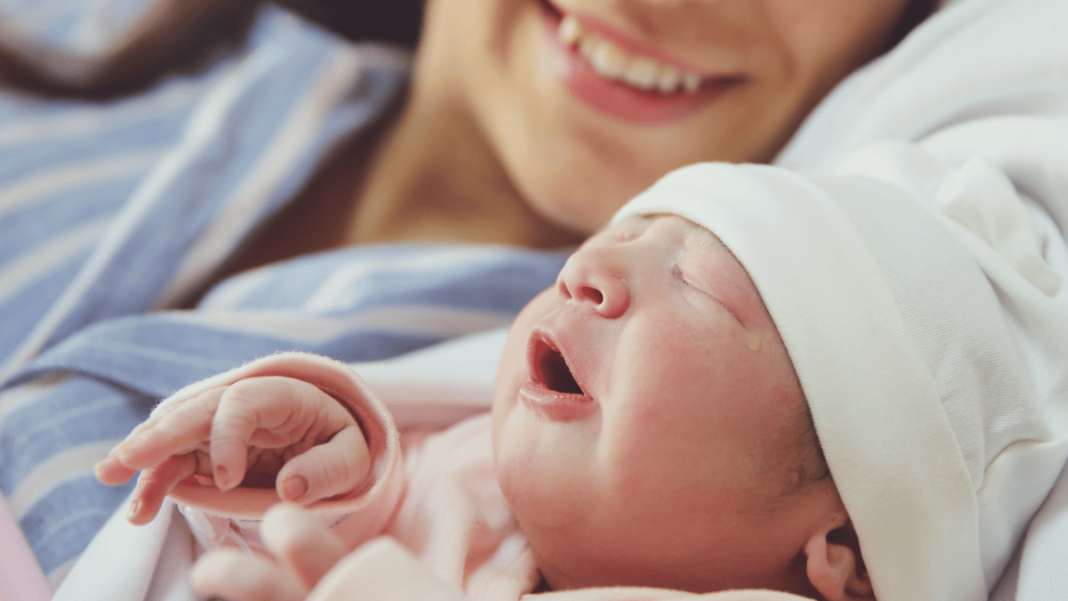It’s challenging to predict everything that will occur when you give birth. The majority of people have an idea of how they want their labour and delivery to go. It’s a good idea to be aware of the various delivery techniques prenatal care providers employ. Vaginal delivery is one of the various delivery methods, which involves 3 of the following options:
- Vaginal birth (vacuum or forceps)
- The C-section (Caesarean birth)
- VBAC (vaginal birth after caesarean)
The Channel 46 collaborated with Dr Nirmala M, Consultant – Obstetrician, Gynaecologist & Fertility Specialist, Motherhood Hospitals, and shed light on “husband stitch”, how it is done, and its various side effects.
The Purpose Of “Husband Stitch”
During labour, a doctor or midwife may occasionally need to make a cut in the region between the vagina and the anus (perineum). This method is also known as episiotomy. A vaginal episiotomy widens the entrance, which makes it easier for the baby to pass through. A woman’s perineum may occasionally tear as the baby is delivered. When a baby needs to be delivered fast or a major tear needs to be avoided, an episiotomy may help. If your baby experiences a condition called foetal distress, in which the baby’s heart rate changes before birth, an episiotomy might be advised. Due to a potential lack of oxygen, your baby may need to be delivered promptly to reduce the risk of birth trauma or stillbirth.
A vaginal episiotomy widens the entrance, which makes it easier for the baby to pass through.
Typically, an episiotomy is a quick surgery. A minor diagonal cut directed down and out to one side from the rear of the vagina by the doctor or midwife will be made whenever it is possible. After the baby is born, the cut is repaired using dissolvable stitches.
This stitch goes further than what is required to close an episiotomy cut or a spontaneous tear following childbirth.
The phrase “husband stitch” is one that may be used in this process… The husband stitch is thought to constrict the vagina to its pre-delivery condition.
The phrase “husband stitch” is one that may be used in this process. This stitch goes further than what is required to close an episiotomy cut or a spontaneous tear following childbirth. The husband stitch is thought to constrict the vagina to its pre-delivery condition.
Procedure For “Husband Stitch”
The husband stitch is also known as vaginal tightening surgery. In this case, a gynaecologist constricts the entrance of a woman’s vagina by placing an extra stitch while fixing a vaginal birth tear or episiotomy. By maintaining the size and form of the vagina, doctors claimed that this treatment might improve a woman’s health, either by increasing the frequency of her orgasms or by enhancing a man’s pleasure during sex. It was also known as a “vaginal tuck” or the “husband’s knot”.
It’s vital to remember that neither the husband stitch nor any other similar technique is a recognised medical practise.
The “husband stitch” isn’t a recognised medical technique. The frequency of the procedure or the number of women who have received the husband stitch has not been confirmed by studies or medical literature. It’s vital to remember that neither the husband stitch nor any other similar technique is a recognised medical practice. Most of the information that researchers have regarding the husband stitch comes from women who have had it and from healthcare professionals who have seen it.
9 Possible Side-Effects Of “Husband Stitch”
The extra stitch, according to experts, has no benefits because the vagina is a muscle that extends after childbirth but subsequently contracts to its pre-delivery form. Episiotomy or husband stitch problems are possible in some people.
These issues could include:
- Couples will experience painful sex if the vaginal hole is stitched tighter
- Persistent or increased bleeding
- Persistent or increased leaking of urine or faeces
- Signs of infection, such as pus, a bad odour, or swelling at the incision site
- Inability to use tampons
- Increased risk of needing another episiotomy for subsequent births
- Scar tissue formation
- Prolapse of the uterus
- Psychological trauma
The husband stitch is a discredited technique with no recognised medical use or benefit. Never do this surgery without the woman’s agreement, say healthcare professionals. Women should discuss their preferred birth plan with their gynaecologist. They should enquire precisely about the frequency of the doctor’s episiotomies as well as the specifics of the procedure.
Open up like never before and participate in conversations about beauty, entrepreneurship, mental health, menstrual & sexual health, and more. Desi women, join our community NOW!



